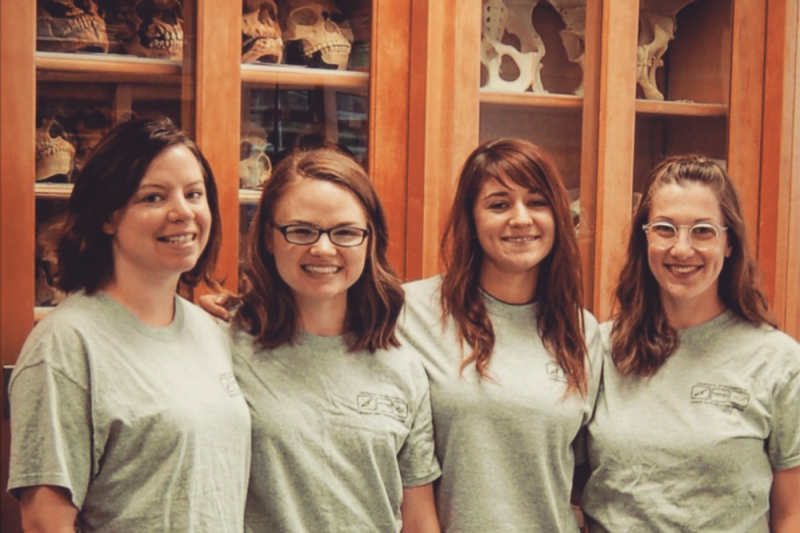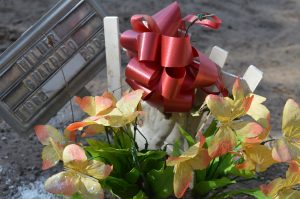I’m honored to have experienced and witnessed all that I did during our last trip to Texas. It was wonderful to see both the familiar and new faces of those who live and breathe the work of migrant rights and migrant identification on a daily basis. Eddie Canales, Sister Pam, Kate Spradley, and Tim Gocha each, in their own way, do the work of sustaining focus and demanding attention to lives too often dismissed as expendable, unimportant, or beyond help. I am grateful for the access they’ve given me and my students to the workings of this initiative. In one week, we were given the chance to experience a “crash course” in exhumation processes, media representation, migrant rights, and respite care and support. These folks represent silken threads of a much larger web of people who care and believe in our obligation and capacity to work towards a more just society. We have much to learn from them individually and collectively.
I’m thankful, again, to the UIndy forensic science team for continuing to allow, not just one, but three cultural anthropologists in their midst. As a scholar of US culture and society, I often describe my work as a form of analysis that makes the familiar seem strange. My aim, in part, is to explicate taken-for-granted forms of knowledge, practices, and values underlying dynamics and realities of life and the institutions mediating our lived experiences. This is, of course, not possible without the generosity, candor, and patience of research participants. I am grateful to have been immersed such thoughtful and gracious hosts. I am certain that my presence and questions must’ve made their familiar world seem strange in ways not always intended!
Finally, I am honored to have had the opportunity to mentor two bright and articulate students in data collection techniques of participant observation and unstructured ‘interviewing.’ I could not have anticipated how thoroughly proud I am of what they accomplished in such a short amount of time. Their insightful comments and questions, meticulous fieldnotes, and willingness to do the sometimes uncomfortably social (and physical!) work of cultural anthropology is great testament to their character and potential as future leaders in our communities and future scholars in their own rights. I am unbelievably proud and perhaps even more excited to work with them on analysis and presentation.
There are so many more people I encountered, spoke with, and learned from. From local law enforcement and local community members to respite center volunteers, this season’s ‘crash course’ was enriched by each of you and your willingness to engage those of us visiting for this short, but intensive burst of work. I am thankful for the work you do, each and every day, on behalf of migrant rights, migrant families, and compassion and justice for all.
Dr. Alyson O’Daniel

